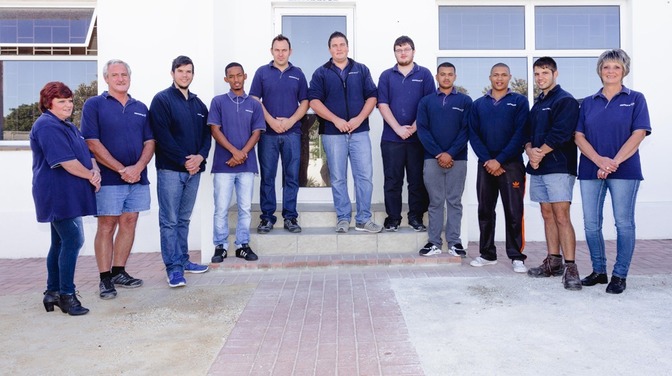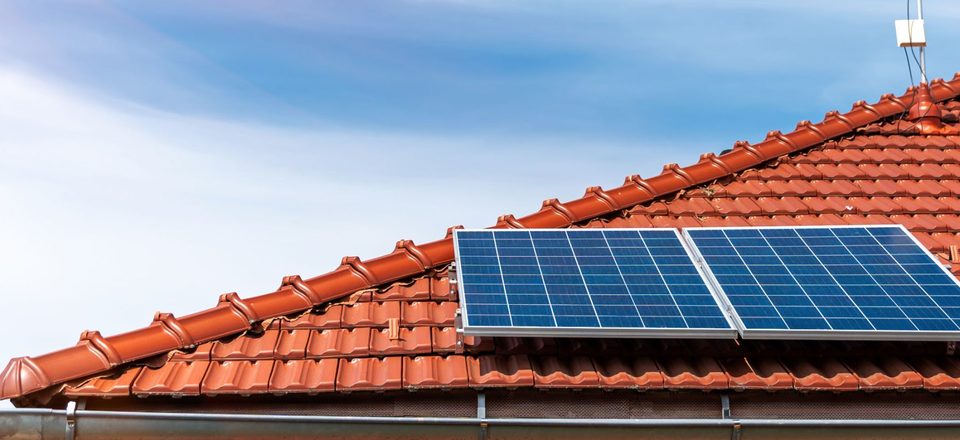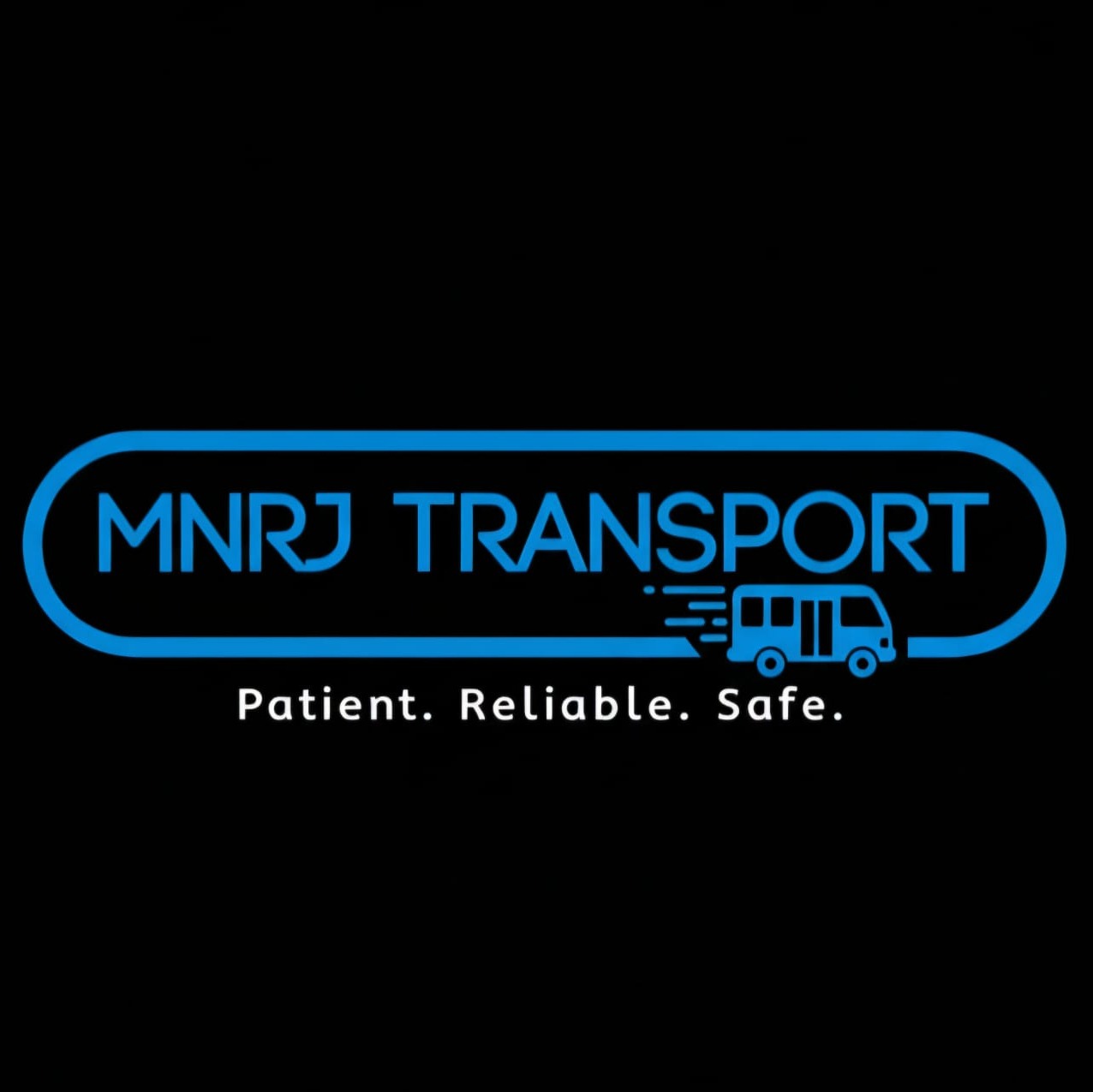A Beginners Guide To Installing Solar Power In Your Home
South Africa is celebrated for its sunshine. On average, you can expect 2,500 hours of sun every year depending on where you live.
That’s great news for your garden and fun times soaking in those rays. But, it also gives you the opportunity to take advantage of solar power in your home. Our guide shines a light on installing these systems successfully.
What is solar power?
Simply put, solar power works by converting energy from the sun into power. Your solar power system converts sunlight into electricity either through photovoltaic (PV) panels or through mirrors that concentrate solar radiation. The energy can be used to generate electricity or stored in batteries or thermal storage.
Thanks to your solar power system, you can enjoy several benefits. Your home will have reduced utility expenses, a reliable source of electricity, and have its value boosted. The solar panels that make up your system require little maintenance to use. Plus, they’re an eco-friendly alternative that is kind to the environment. Although initially pricey, it’s a fantastic investment for the future.
Types of solar panels
Solar panels vary in terms of appearance, performance, and costs. Here are three main types you can use in your home:
1. Monocrystalline: These solar panel cells are made from a single, pure crystal of silicon. They appear black in colour because of the way the sunlight interacts with this material. They are known for being the most efficient solar panels, heat resistant, and durable. While monocrystalline is the most expensive choice, its performance means you’ll need fewer panels and will save on space.
2. Polycrystalline: These solar panels are made of silicon crystal fragments melted together in a mould before being cut into wafers. They appear blue in colour because of how the sunlight reflects the crystals. While they are more affordable than monocrystalline solar panels, they are less efficient. They are still reasonably long lasting. Polycrystalline solar panels are a greener option since fewer resources are needed in their production.
3. Thin film: Unlike monocrystalline and polycrystalline solar panels, thin-film options aren’t always made from silicon. They are produced by depositing one or more thin layers (thin film) of photovoltaic material on a substrate. What thin-film solar panels lack in efficiency and space saving, they make up for in affordability. They can cost approximately 30% less than crystalline solar panels.
While these are general pros and cons, the brand and solar panel installer you choose can be far more important than the type.
How to set up solar power at home
There are plenty of how-to guides and YouTube videos that can help you install a solar power system. However, consulting with an experienced solar power expert will prevent any costs, injuries, or loss of life from a poor installation.
When choosing your expert, consider their online reviews, credentials, and references. Having the South African PV GreenCard safety certification, for example, gives you peace of mind that they are proficient and compliant with all of the relevant national and municipal electrical regulations.
Here are some of the factors to consider for your solar power installations:
1. Climate: While solar panels will work even in cold temperatures, they still need plenty of sunshine. You should consult your expert to see if your area experiences enough direct sunlight to produce power for your home.
2. Property rights: If you own the full title of your home, you should have no issues installing a solar power system. However, in sectional title complexes you’ll have to get permission from your body corporate. Solar panels on your roof will impact the aesthetics of your complex, so consult your rules before making any changes.
3. Budget: Whichever solar panel type and expert you settle on, this is still an expensive investment in the short term. Get quotes from different companies to find the best option. Also, consider the cost of replacing solar panels in the future.
4. Space: Do you have roof or ground space to host your solar power system? This is important to note. Your roof should also be in a good condition and not be blocked by trees or other buildings as this will limit the amount of sun that reaches your panels.
5. Energy needs: Do an energy consumption audit to find out how much you’ll need from solar power. Your use will spike during different times of the year and will be influenced by specific appliances you use. Also, consider any use if you work from home.
6. Installation type: Your installation type is also important. These can include solar thermal, concentrated solar power, and solar photovoltaics. Each brings its own costs and advantages.
Don’t despair if you find you aren’t able to add a solar power system to your home. Simple changes like switching to energy-efficient appliances and lighting can make a world of difference.
How much solar power do you need?
Your solar power requirements will need to be scrutinised based on your unique needs and circumstances. According to Solar Advice, the average household uses between six and fourteen 455W solar panels and up to around 23 panels for bigger homes. However, there are factors that can impact this:
• Available space
• Electricity usage
• Parameters/configuration of your inverter
Your specific needs will also need to be considered. Do you want backup power or to feed power back into the grid? Or, perhaps you’re done with load shedding and want to take your power completely off the grid? Speak to a solar power expert who can advise you accordingly.
Seize the power of the sun
Electricity is a key part of your home, keeping everything running from your fridge, TV, to your lighting. Having a reliable, cost-effective, and clean source of energy will truly enhance your lifestyle. Get in touch with a local solar power expert to get started. For your property needs, chat to Seeff. We can consider the value solar power will bring to your home or help you find an investment property complete with a solar power system.













.jpg?width=431&height=242)










.jpg?width=250&height=182)












